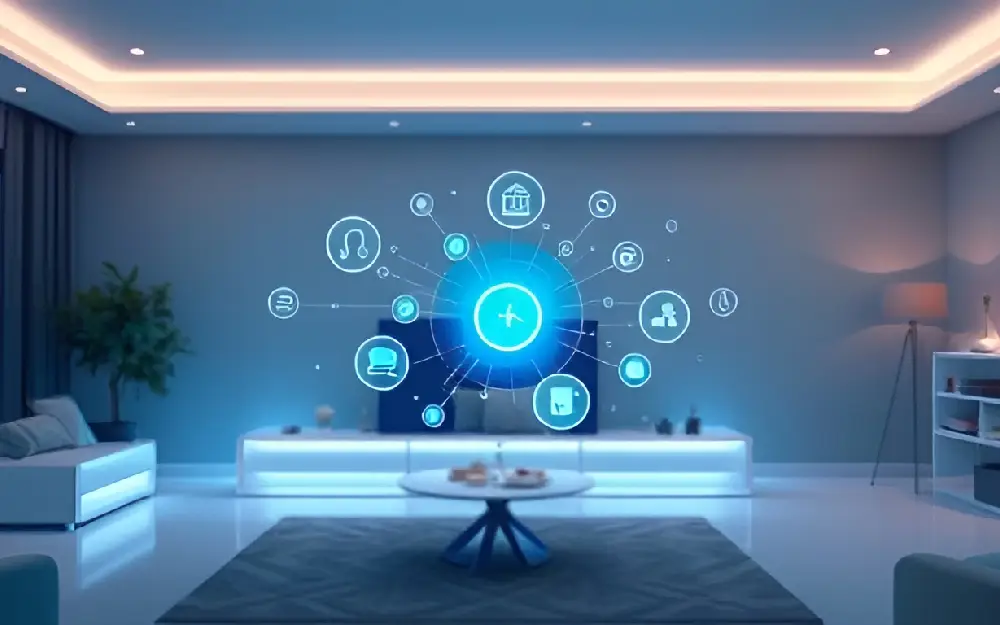
Integrating Home Automation with Existing Home Systems: A Seamless Approach to Modern Living
In today’s fast-paced world, home automation is no longer just a luxury; it’s becoming a necessity. With the rise of smart technology, homeowners are looking to enhance convenience, security, and energy efficiency. However, many wonder how to seamlessly integrate these new systems with their existing home setups. In this blog, we’ll explore effective strategies for blending home automation with your current systems, ensuring a smooth transition to a smarter living space.Understanding Home Automation
Home automation refers to the use of technology to control various home devices and systems, often through a central hub or smartphone app. From lighting and heating to security cameras and appliances, the possibilities are virtually endless. The key benefits include:
- Convenience: Control your home from anywhere.
- Energy Efficiency: Optimize usage to reduce bills.
- Security: Enhanced surveillance and alert systems.
Assessing Your Existing Systems
Before diving into integration, it’s essential to evaluate your current home systems. Take stock of the following:
- Electrical Systems: Check the age and compatibility of your wiring and outlets.
- Heating and Cooling: Consider whether your HVAC system can be upgraded to a smart thermostat.
- Security Systems: Identify if your current security setup can be integrated with smart cameras or alarms.
- Lighting: Assess the type of lighting you have and whether it can be replaced with smart bulbs or switches.
Choosing the Right Home Automation Hub
A central hub can significantly simplify the integration process. Some popular options include:
- Amazon Echo: Great for voice-controlled automation.
- Google Nest Hub: Excellent for controlling multiple smart devices.
- Samsung SmartThings: Highly compatible with various brands and devices.
Choosing the right hub depends on your existing systems and the devices you plan to add. Ensure the hub supports the protocols (like Zigbee or Z-Wave) used by your current devices.
Integration Strategies
1. Start Small
Begin your automation journey with one or two devices. Consider easy-to-install options like smart bulbs or plugs. These can often be set up without extensive rewiring and will allow you to familiarize yourself with the technology.
2. Use Smart Switches
If you have traditional lighting, smart switches can be a game-changer. These devices can be installed in place of your existing light switches, allowing you to control your lights via a smartphone app or voice commands, without needing to replace every bulb.
3. Upgrade Your Thermostat
Replacing your old thermostat with a smart model can significantly impact your energy efficiency. Smart thermostats learn your habits and adjust heating and cooling accordingly, helping to save on energy costs.
4. Integrate Security Systems
Many modern security systems are designed to work alongside existing setups. Look for smart cameras or doorbells that can be added to your current system. This can enhance your home security without requiring a complete overhaul.
5. Use IFTTT and Automation Routines
IFTTT (If This Then That) allows you to create automated workflows between different devices and services. For example, you can set your lights to turn on when your smart doorbell detects motion. Explore automation routines offered by your hub to streamline tasks further.
Ensuring Compatibility
As you integrate various devices, always check for compatibility. Many smart devices are designed to work across multiple platforms, but verifying this can save you time and frustration. Look for products labeled as “Works with [your hub].”
Future-Proofing Your Setup
Technology is ever-evolving, and it’s essential to consider future upgrades. Choose devices that support firmware updates and can easily integrate with upcoming technologies. This will help extend the lifespan of your investment.
Conclusion
Integrating home automation with your existing systems doesn’t have to be daunting. By taking a step-by-step approach, starting small, and choosing compatible devices, you can create a smart home that enhances your lifestyle. Embrace the convenience and security that comes with automation, and enjoy a more efficient, connected home.
Happy automating!
